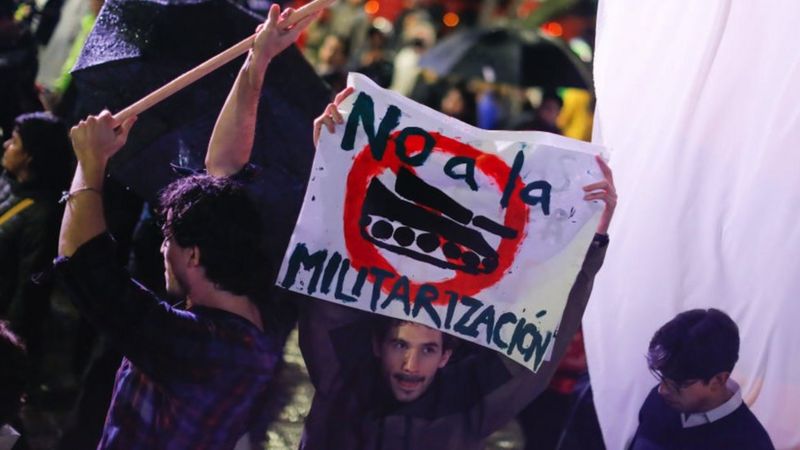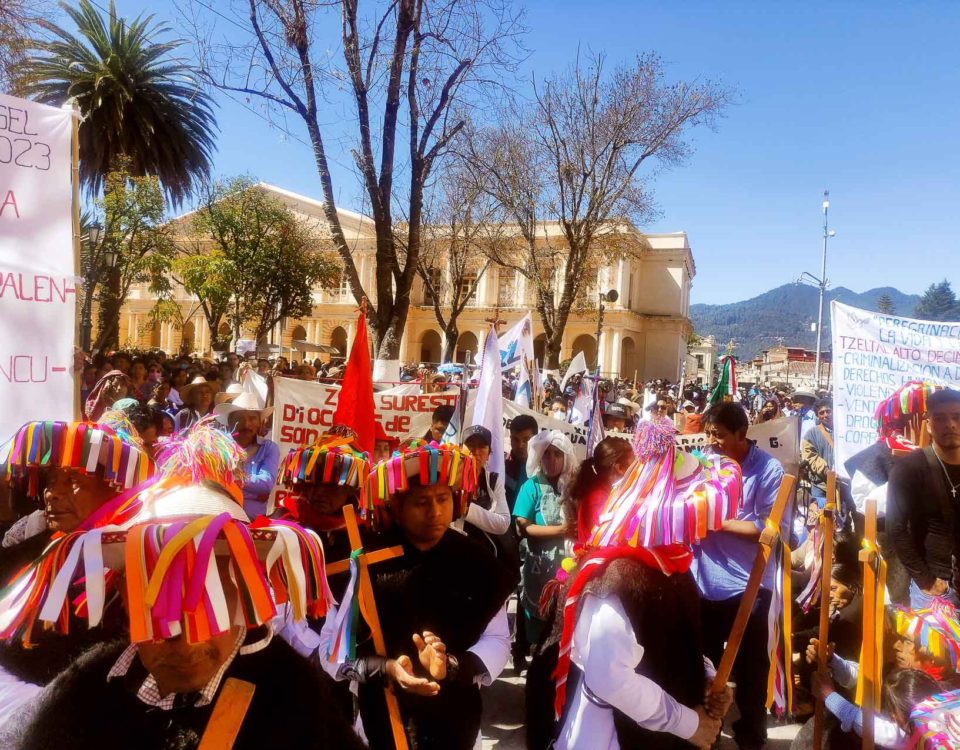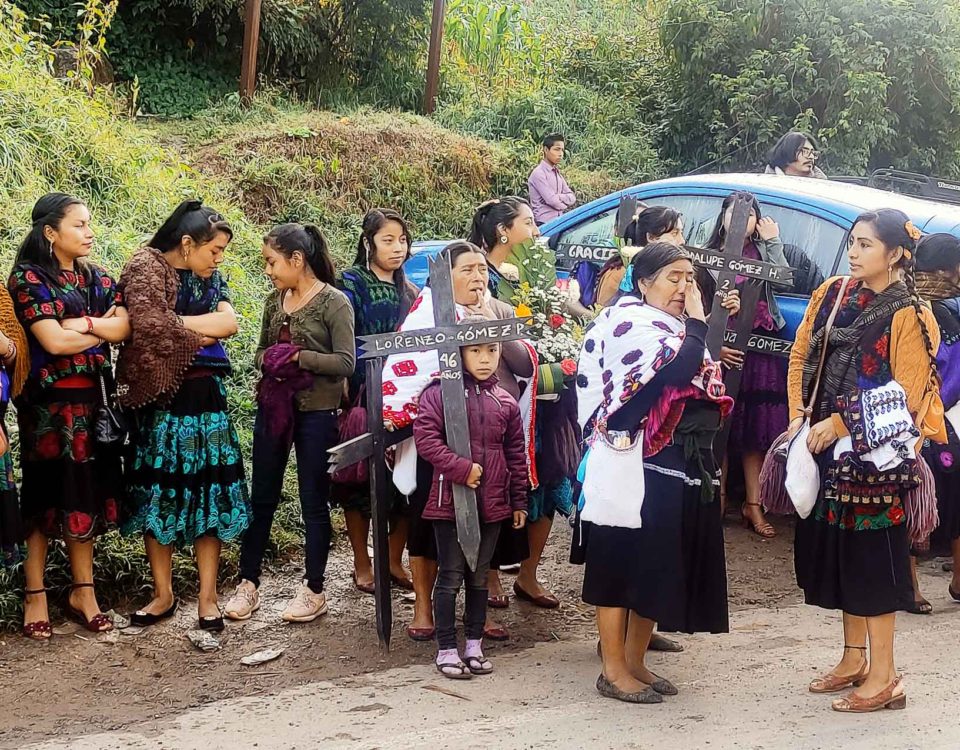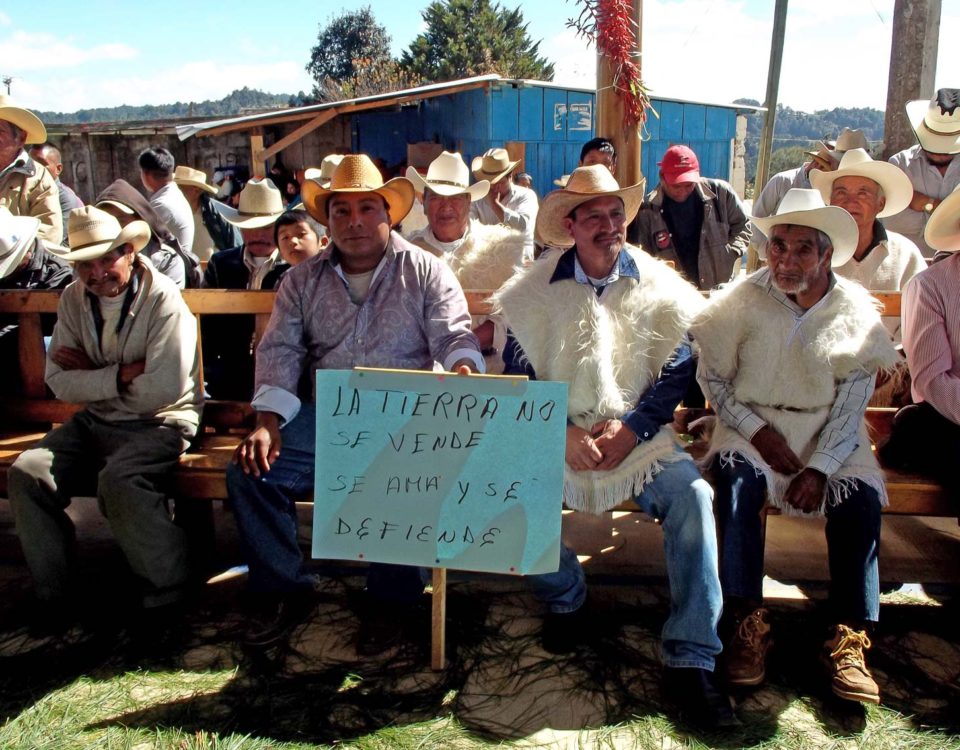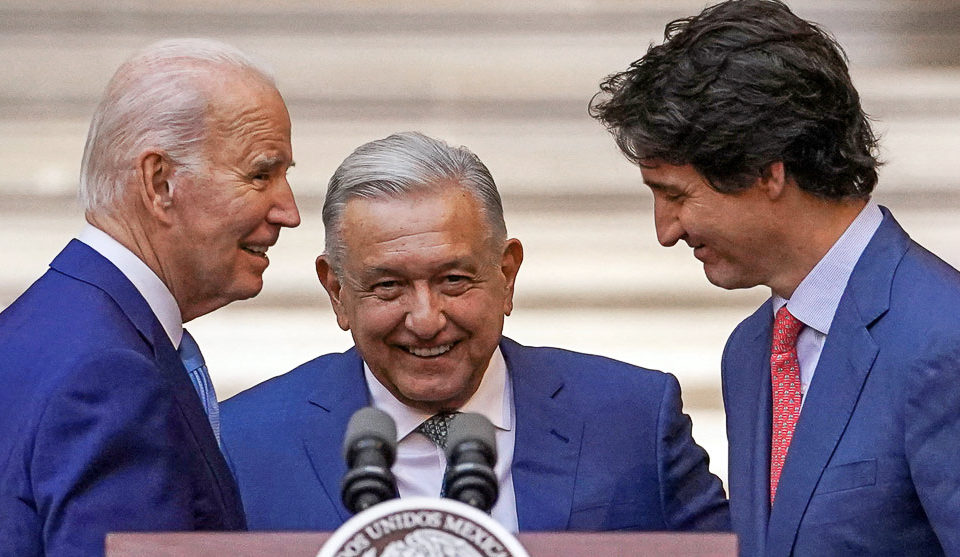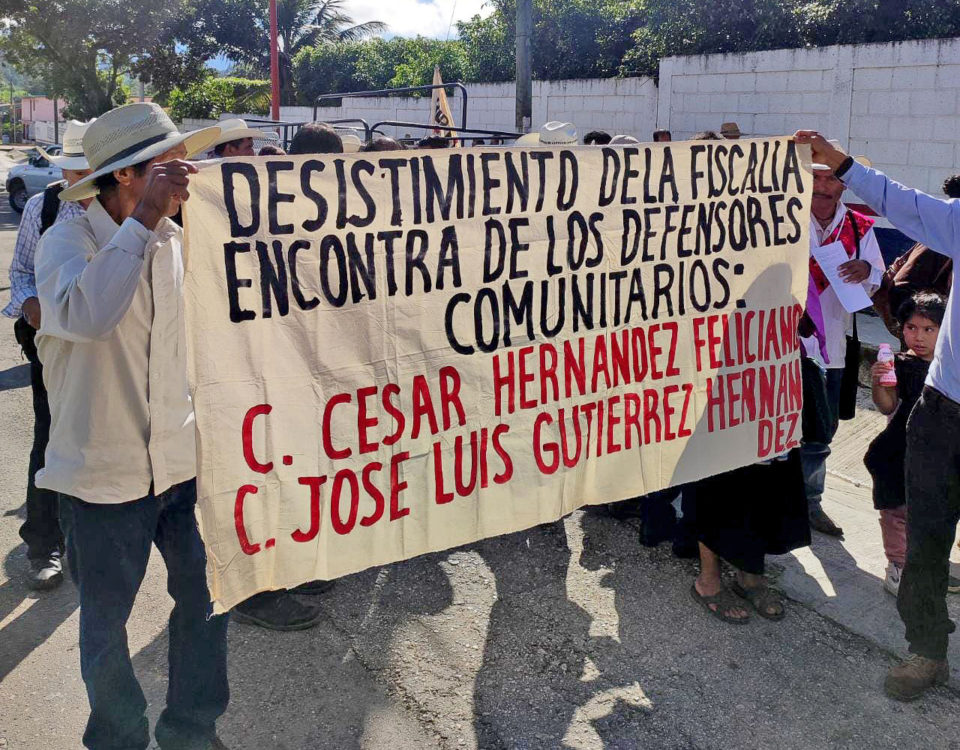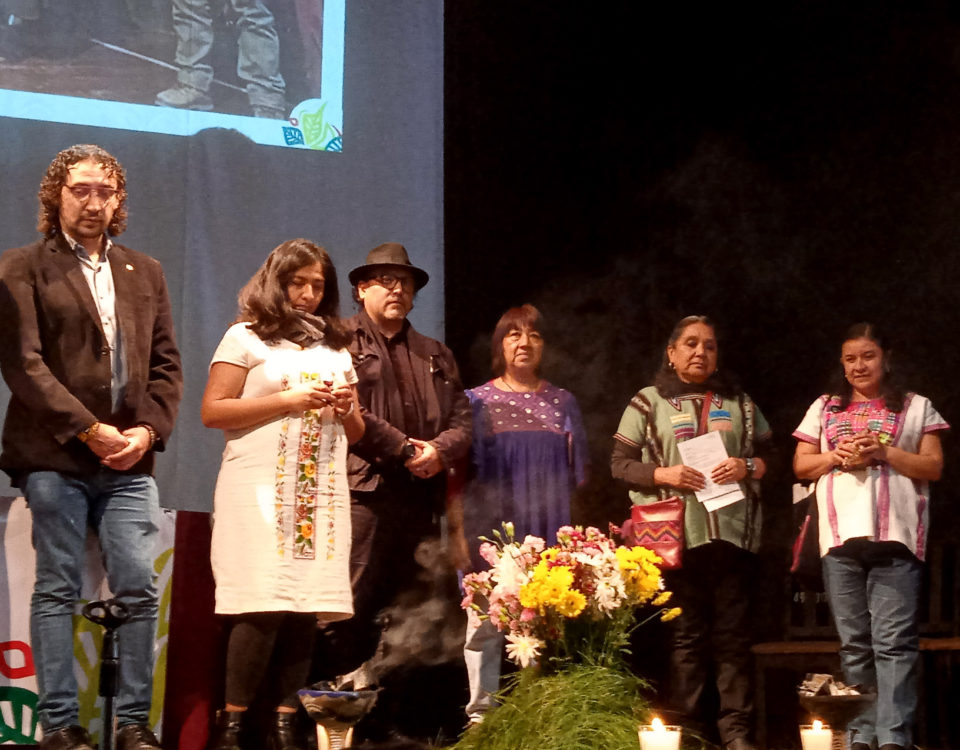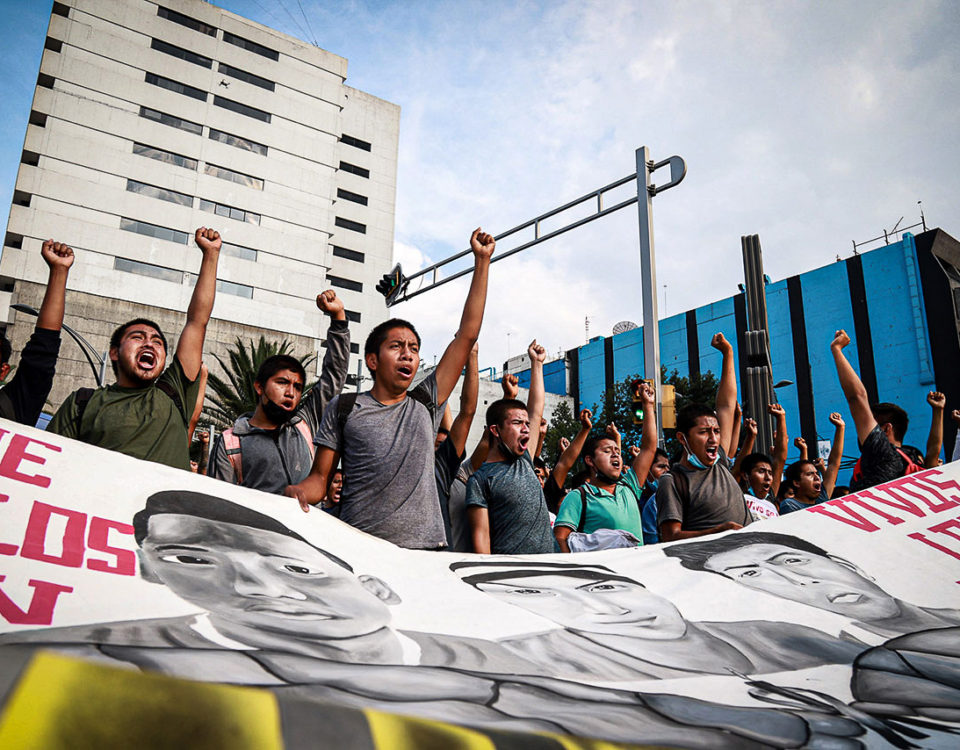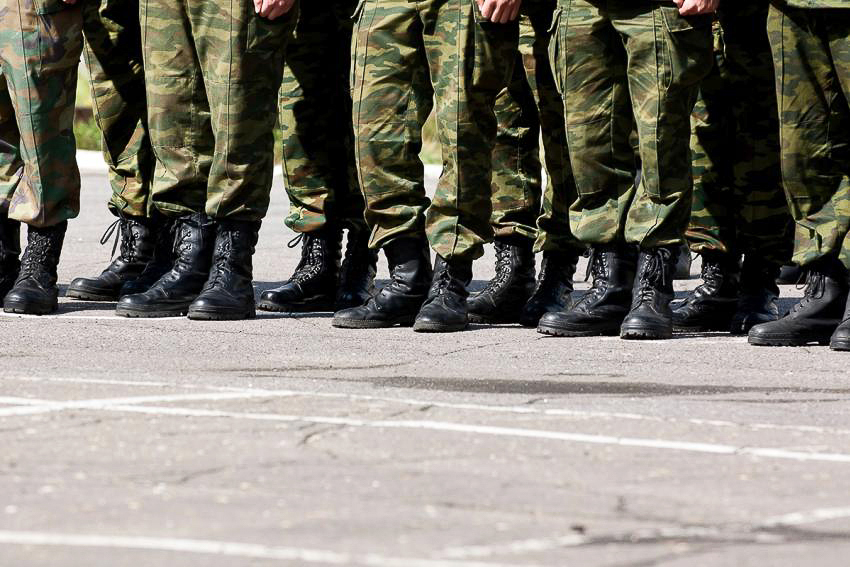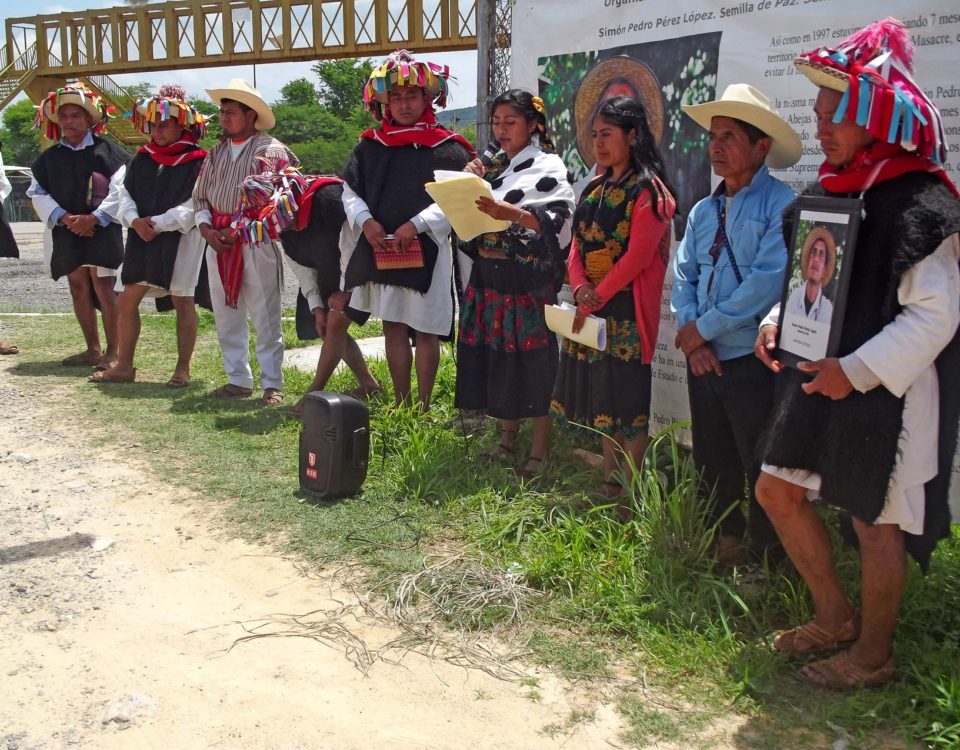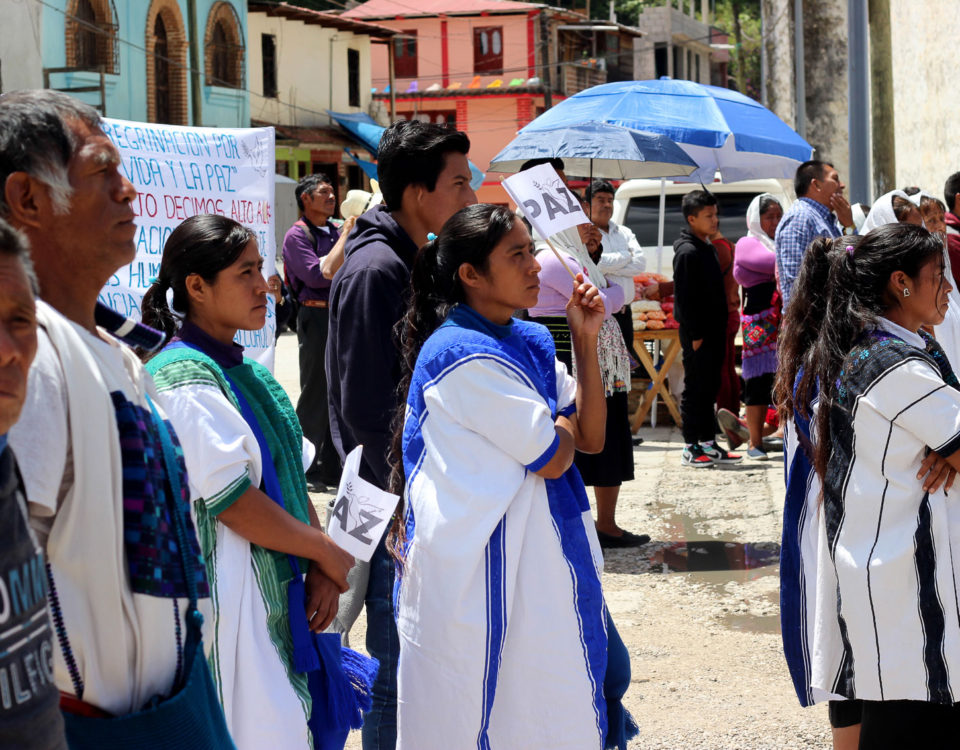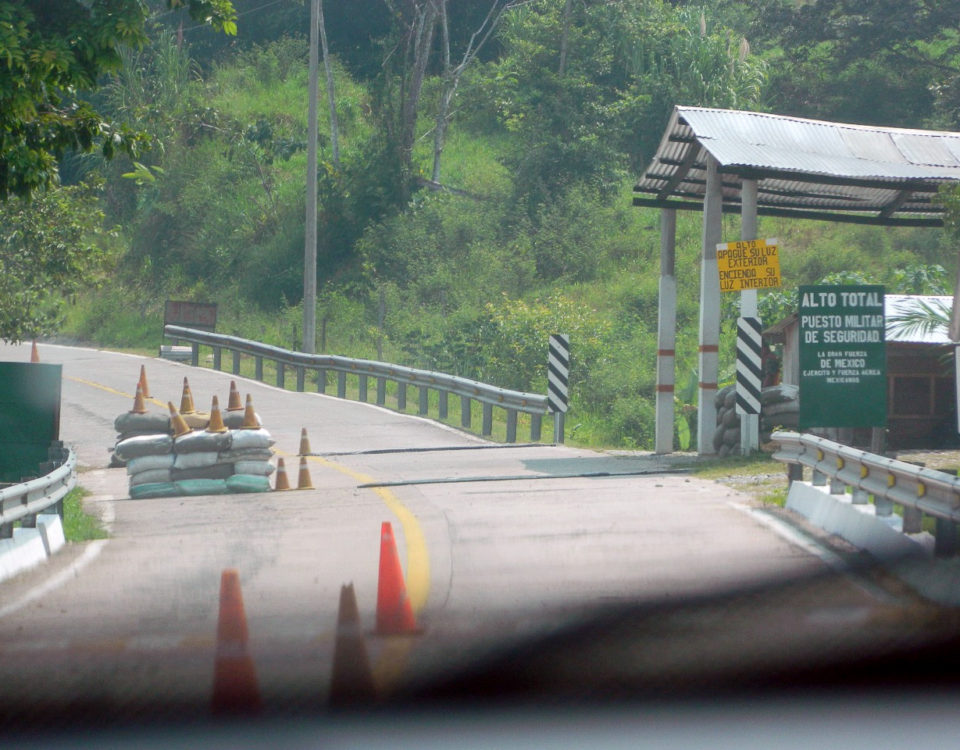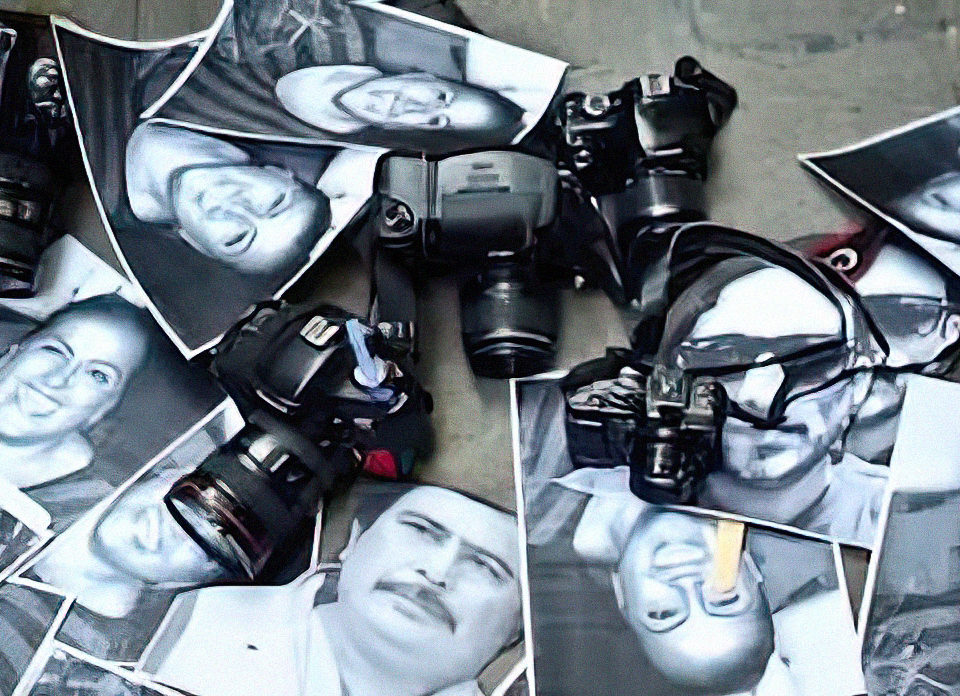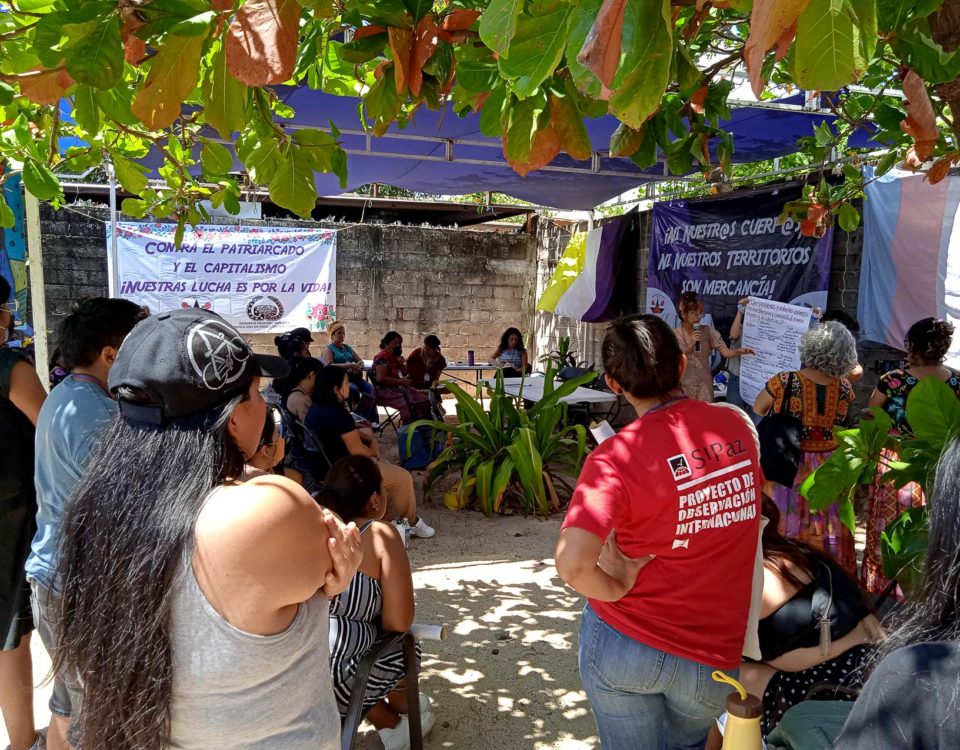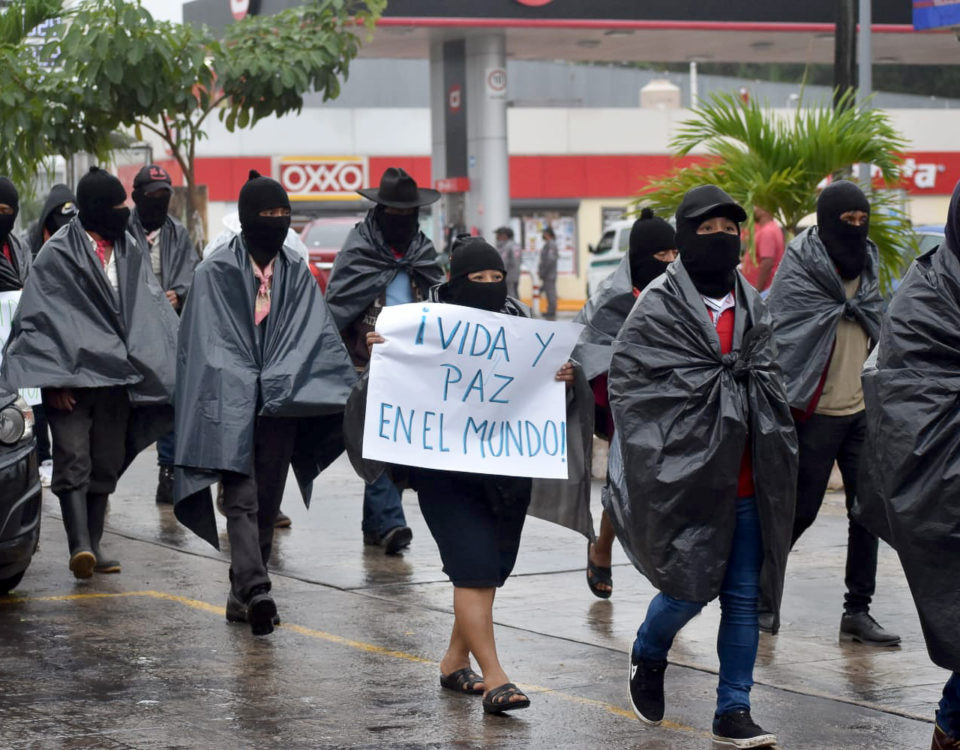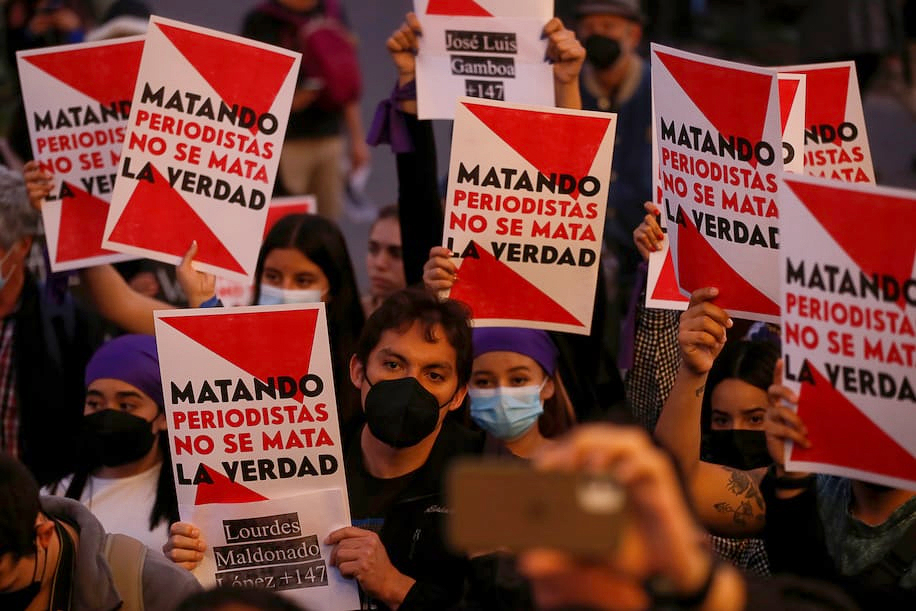We need your support. Your contribution makes it possible for SIPAZ to continue offering international accompaniment in the regions of Chiapas, Oaxaca and Guerrero.

SIPAZ REPORTS
Articles published in the SIPAZ Quarterly Reports
17/06/2023
17/06/2023
Categories
Last March, Amnesty International presented its annual report, in which it addresses the human rights crisis in Mexico and highlights the lack of government action to address it.
09/03/2023
09/03/2023
Categories
mid-November 2022 to mid-February 2023
09/03/2023
09/03/2023
Categories
On December 21st and 22nd, 2022, various activities were held to commemorate the 25th anniversary of the Acteal Massacre, in which 45 people, mainly women and children, were murdered. Likewise, the 30th anniversary of Las Abejas Civil Society was celebrated, an organization to which the victims also belonged.
09/03/2023
09/03/2023
Categories
According to the National Institute of Statistics and Geography (INEGI), Mexico is the fourth country worldwide with the greatest biological biodiversity. Thanks to its geographical location, relief and diversity of climates, the country has nine of the 11 types of ecosystems; about 200 thousand different species and is also home to approximately 12% of the biodiversity in the world.
09/03/2023
09/03/2023
Categories
On January 9th and 10th, the 10th Summit of North American Leaders was held in Mexico City. Prior to the meeting, various civil organizations from the three countries sent a letter to the leaders of Mexico, the United States, and Canada requesting that they put on the table "the most urgent crises of our time: armed violence, environmental destruction, and the criminalization of migration."
13/12/2022
13/12/2022
Categories
mid-August to mid-November, 2022
13/12/2022
13/12/2022
Categories
On October 25th, 2022, the International Forum Peacebuilding in Mexico: Challenges and Keys in the Current Context, was held in San Cristobal de Las Casas, and was attended by more than 400 people in person and some 300 online.
13/12/2022
13/12/2022
Categories
According to the Mexican Federation of Public Human Rights Organisms, 105,871 missing persons have been reported in Mexico since 1964, a figure that includes episodes such as the Dirty War in Guerrero and the Zapatista conflict in Chiapas.
13/12/2022
13/12/2022
Categories
In September, the Chamber of Deputies approved the initiative of President Andres Manuel Lopez Obrador (AMLO) that grants the Ministry of National Defense full control of the National Guard.
12/09/2022
12/09/2022
Categories
From mid-May to mid-August 2022
12/09/2022
12/09/2022
Categories
The latest events in Chiapas and Mexico show a war with other faces and other forms.
12/09/2022
12/09/2022
Categories
In recent decades we have witnessed how governments have increased the power of the country's military bodies.
12/09/2022
12/09/2022
Categories
In what has come to be characterized as a human rights crisis in Mexico, there are many thematic axes in which no significant progress has been seen to date.
04/06/2022
04/06/2022
Categories
mid-February to mid-May 2022
04/06/2022
04/06/2022
Categories
Terrifying and shocking images traverse the globe these days: bloodied teddies, facades of buildings destroyed by bombing, frightened people in air-raid shelters, lifeless bodies in the middle of a street, ruins and what used to be, at some point, a flourishing city, with life, art, joy, with peace.
04/06/2022
04/06/2022
Categories
The murders of the journalists Yesenia Mollinedo Falconi and Sheila Johana Garcia Olvera, which occurred on May 9th, 2022 in Veracruz, as well as that of Luis Enrique Ramirez Ramos, a journalist and political analyst who was kidnapped and murdered just four days earlier in the north of the country, brought the toll of communicators executed in Mexico to 11 so far in 2022.

